Central Asian Art: New Revelations From Xinjiang
Central Asian antiquities discovered from different parts of Xinjiang and its neighbouring regions including Dunhuang are of great archaeological and artistic significance. The credit of discovering these antiquities goes to a galaxy of distinguished explorers, the most prominent among them being Sven Hedin from Sweden, Aurel Stein from British India, A von. Le Coq and A Grunwedel from Germany, Oldenburg and Kozlov from Russia, Paul Pelliot from France and Count Otani from Japan. These objects are vast in number and fall into different categories, periods and styles. The study and interpretation of these objects by the above mentioned savants have thrown a good deal of light on the forgotten civilisation of Xinjiang. It should, however, be noted that Central Asian art is highly complex and composite in nature. Further, most of the objects are fragile and fragmentary in condition adding difficulty to identifying them. Therefore, notwithstanding the splendid work done by the previous scholars, there are still a number of unidentified Central Asian objects in various collections of the world. Dr. P. Banerjee, a well-known exponent of Buddhist art, has identified in this volume about thirty-five objects from Xinjiang and Dunhuang. Dr. Banerjee has studied these objects closely for over a decade and his conclusions are published in this volume. While interpreting an object he has cited parallel examples in support of his views. This volume, it is hoped, will contribute to the advancement of knowledge in the field of Central Asian art and iconography.
Get it now and save 10%
BECOME A MEMBER

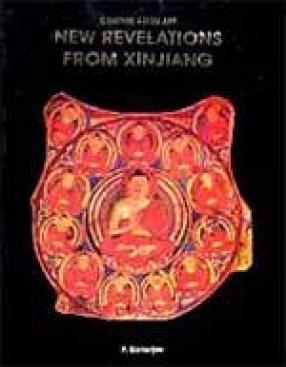

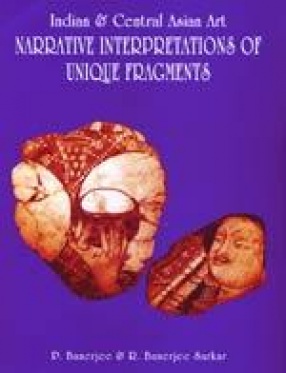
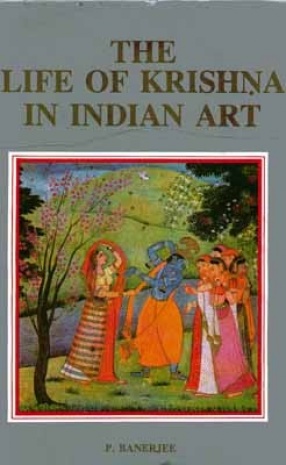
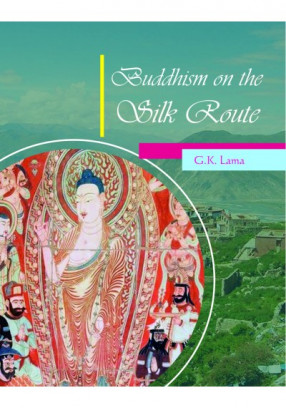
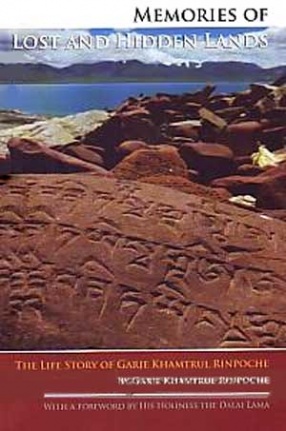
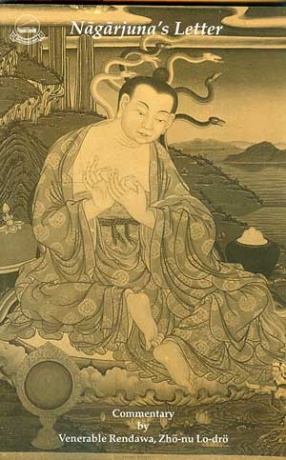
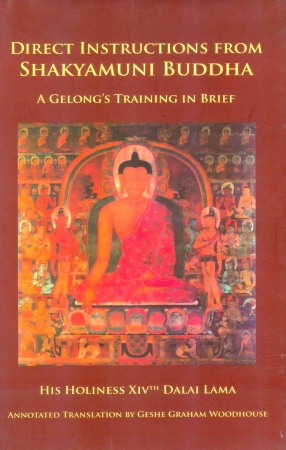

Bibliographic information
Tags